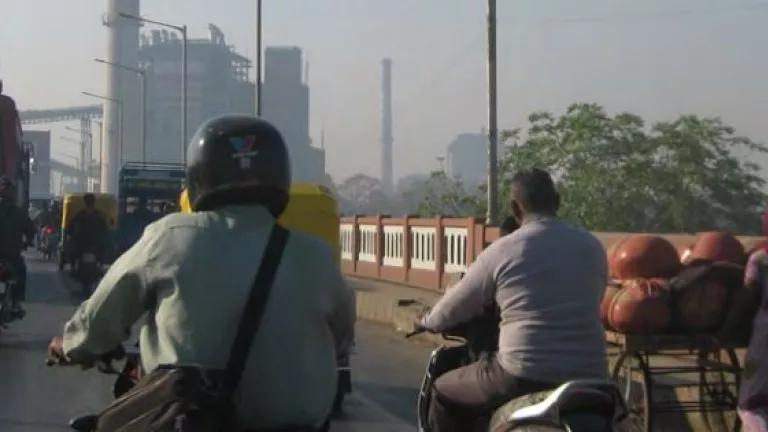China Accepts Kigali Amendment, Will Phase Down HFCs
China formally accepted the Kigali Amendment to the Montreal Protocol last week, the final step in bringing the world’s largest fluorochemical producer onboard with the global HFC phasedown. China’s ratification will be effective as of September 15th, 2021, making it the 122nd country to join the pact.

China formally accepted the Kigali Amendment to the Montreal Protocol last week, the final step in bringing the world’s largest fluorochemical producer onboard with the global HFC phasedown. China’s ratification will be effective as of September 15th, 2021, making it the 122nd country to join the pact.
The Kigali Amendment aims to phase down use of HFCs—super climate pollutants used in air conditioners, refrigeration equipment and foam insulation—by at least 80 percent worldwide over the coming decades. China, as maker of the large majority of the world’s HFCs and HFC-using appliances, has a key role to fill in ensuring the success of the global effort.
If fully implemented, the Kigali Amendment could prevent more than 0.4°C of global warming by the end of this century. The progress in China serves to reassure a global industry already well underway on preparations to phase down HFCs that its heavyweight leader will follow through, too.
The Chinese government finalized domestic regulations in May to implement the HFC phasedown domestically. It’s technically a revision to the national regulations on the management of ozone depleting substances and contains other improvements to that program, including to enforcement and atmospheric monitoring. NRDC provided comment urging data transparency, strong enforceability, and more.
Eyes now fall on other major nations to ratify Kigali, too. Several—including the U.S., India, and Brazil—have yet to do so.
In the U.S., President Biden announced his administration’s intention to ratify Kigali in January and the administration is preparing to submit it to the U.S. Senate.
But the U.S. is already moving to meet its obligations under the Kigali Amendment through implementation of the American Innovation and Manufacturing (AIM) Act, the new law requiring a mandatory, nationwide HFC phasedown in alignment with the Kigali Amendment’s schedule. EPA is currently taking comment on its proposal to set up the domestic HFC phasedown program.
Limits on HFCs will kick in for Chinese industry starting in 2024, when the Kigali Amendment’s limits take effect for developing countries. China’s HFC production and consumption levels will freeze at the level reflecting the country’s HFC production and consumption from 2020-2022 and historic HCFC use levels. From there, HFC production and use will fall to 90% of baseline in 2029, 70% in 2035, 50% in 2040, and 20% in 2045.
There is also one obligation that will take immediate effect. As of September, all Chinese chemical facilities will be required to destroy climate-damaging emissions of HFC-23. HFC-23 is the most potent HFC of all and is co-produced—and, if uncontrolled, emitted—in the production of other industrial gases.
Proper HFC-23 destruction is a big deal. Last year scientists reported finding dramatically greater global emissions of HFC-23 than could be explained by summing up each country’s national reports, leading to significant needless climate damage. The scientists attributed this discrepancy to possible releases in China and India. China’s Ministry of Ecology reported in April that the country’s industry has made significant progress on this front.
In the U.S., EPA is also taking steps to halt all HFC-23 byproduct emissions. The current draft HFC regulation proposes to require capturing and destroying or selling all HFC-23 byproduct by October 1, 2022. EPA also released plant-by-plant HFC-23 data, which points to a Chemours plant in Louisville as by far the nation’s largest continuing HFC-23 emitter.
China’s announcement is just the latest in a hot streak of progress in tackling the world’s reliance on HFCs. Thanks to this news, the Kigali Amendment has taken a giant leap closer to achieving a distinction enjoyed by prior Montreal Protocol amendments: universal ratification.





